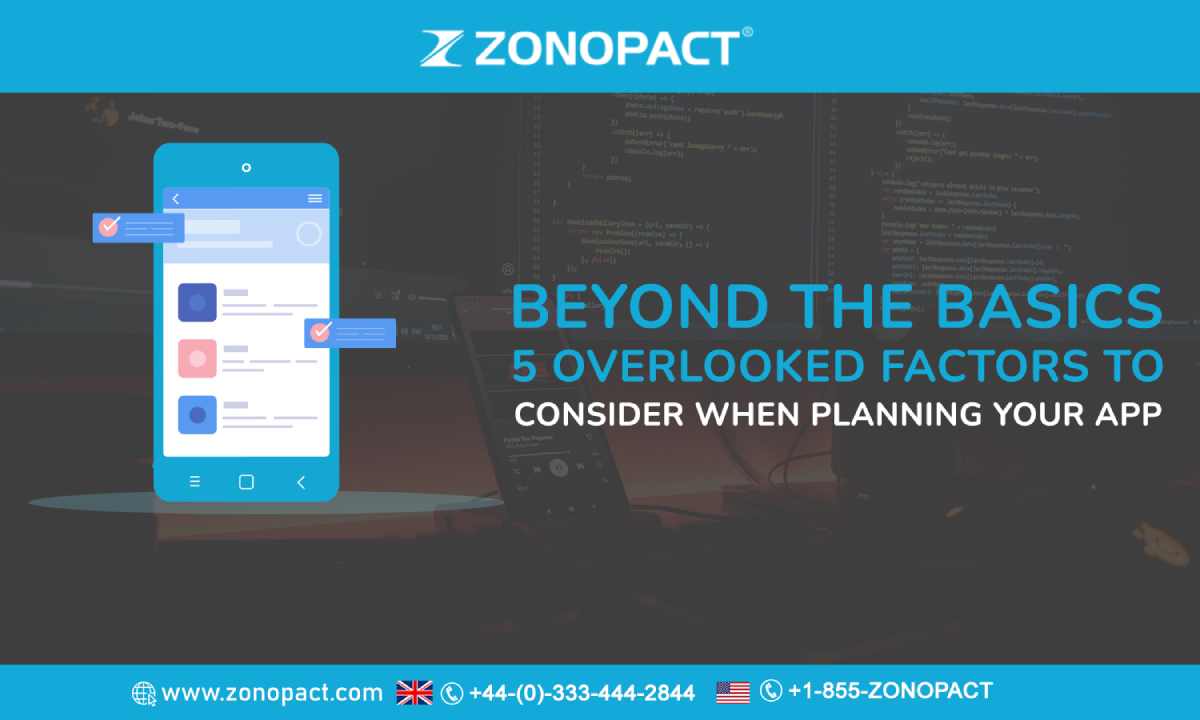
Mobile apps have become an integral part of our daily lives, and businesses are taking notice. With more and more companies looking to develop their own apps, it’s essential to go beyond the basics and consider overlooked factors that can make or break the success of your app. From user experience to security, there are several key elements that must be taken into account. As a digital marketing expert and experienced copywriter, I have seen firsthand the importance of considering these factors when planning an app. In this article, I will share five often overlooked factors that can have a significant impact on the success of your app. So whether you’re developing an app for your business or for a client, read on to discover how you can take your app to the next level and ensure its success.